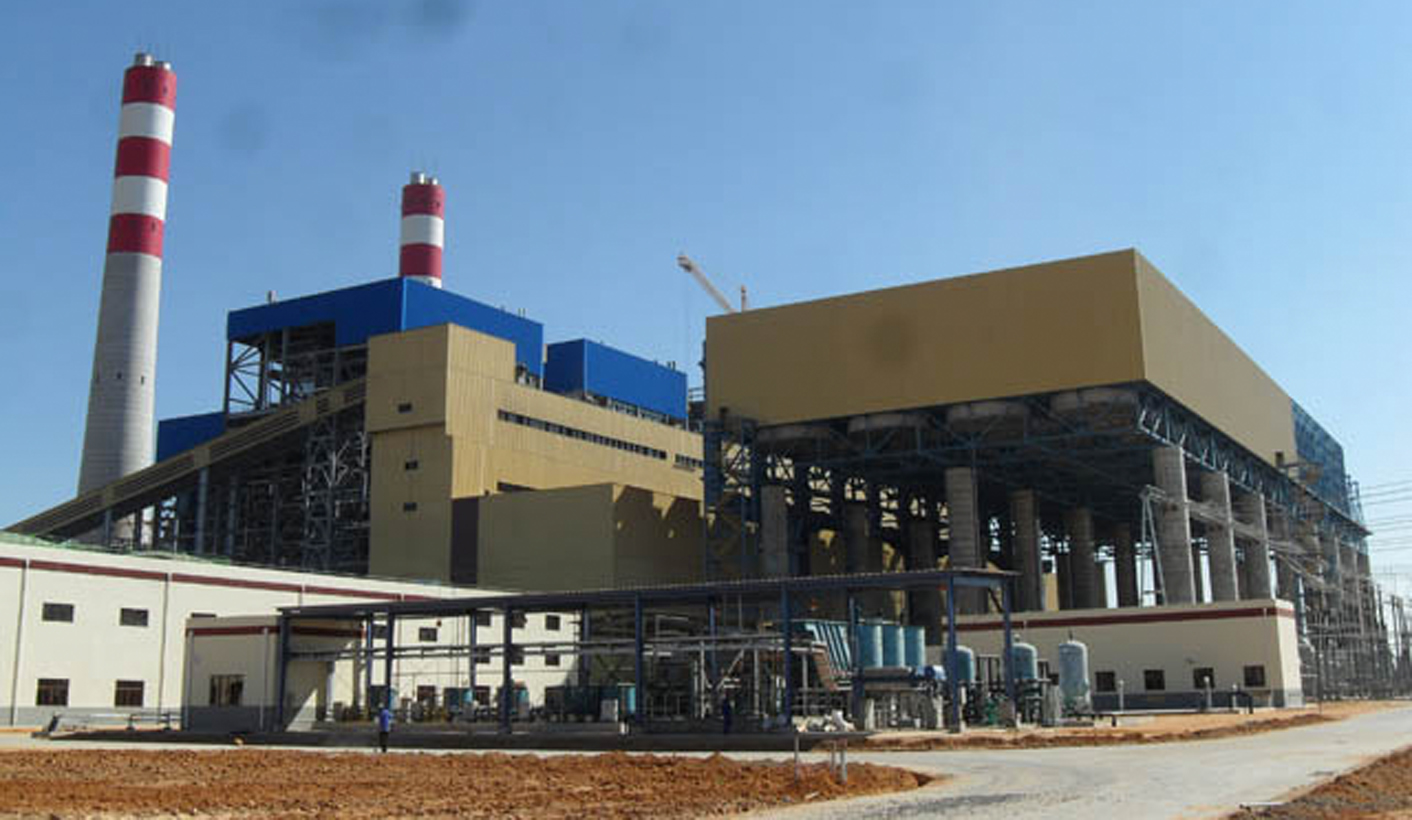Last week, Unit 3 at the Morupule B power plant in Botswana broke down after a generator failure. This is Botswana’s only functioning power plant, and therefore any disruption there could have devastating consequences on the country as a whole.
Normally, the failure of one unit would not be a problem, because there are three other units at the power plant which should be able to pick up the slack. Alas, these were also broken, struck by a boiler tube leak that local engineers couldn’t fix.
Suddenly, Morupule B itself was out of commission – and Botswana had lost almost its entire domestic power supply.
Fortunately, Botswana has an alternative source of energy in the form of South Africa, and specifically Eskom. Eskom already has a deal to provide Botswana with 100MW of electricity, and more in emergencies, and the parastatal upped its contribution to prevent a nationwide blackout. Eskom’s contribution was made under the umbrella of the Southern African Power Pool, a regional conglomeration of power utilities (of which Eskom is by far the biggest player).
Given South Africa’s own power shortages, and its history of load-shedding, it might come as a surprise that Eskom has the capacity to bail out the neighbours at all (Lesotho, Namibia, Swaziland and Zimbabwe are also plugged in to South Africa’s national grid). Eskom, however, maintains that demand is so small from our neighbours that it only consumes as much power as a small municipality in South Africa, and wouldn't result in an onerous strain on resources.
“It’s not much power we could make available to Botswana. We could compare it with a small municipality in South Africa. It really is a small amount. The entire Morupule power station is smaller than just one unit at the Medupe power station which we are currently building. That’s just to put in into context,” said Eskom spokesperson Andrew Etzinger, speaking to Eyewitness News.
None of this makes Botswana look particularly good. It raises two disturbing conclusions. The first is that Botswana is so woefully underdeveloped that it only consumes as much power as a small municipality in South Africa – not exactly a good reflection on the development record of the ruling Botswana Democratic Party and President Ian Khama, who is up for re-election later this month.
The second is that Botswana is dangerously energy-dependent on South Africa, and this makes it vulnerable. Botswana’s government has no choice but to play nice with Pretoria. “We have to admit that it’s a risky position,” said energy minister Kitso Mokaila. “But we have to remain calm because in the summer season we always have excess power available in the regional pool. We can only face serious difficulties if other countries in the Southern African power pool experience shortages because then they would have to reduce the amount they export to us.”
This reliance is not a new phenomenon, however. Eskom has been supplying power to Botswana for decades, much of it subsidized by Botswana’s government. Morupule B is the first serious effort to address the problem, and construction on that only began in 2008. It is an imperfect solution, as the most recent shutdown illustrates, and nor is it comprehensive.
But this mess is not all of Botswana’s making. Eskom’s relatively low prices mean that it’s hard for neighbouring countries to justify their own projects, while the company has simultaneously refused to commit to absorb excess capacity new plants in the region. “To an extent, we are just as responsible for the situation as anyone else,” observed Dirk de Vos of QED Solutions, a frequent contributor to the Daily Maverick on energy issues .
Fact is, from the Eskom and South African perspective it makes a lot of sense to keep our neighbours dependent on us for power. Sure, Eskom may be struggling to meet local demand now, but once Medupi is online and when (and if) the proposed nuclear project happens it could end up with excess capacity which would need to be absorbed by neighbouring markets. And from a diplomatic perspective, being able to turn the lights on and off is a hugely powerful tool which South Africa can use to influence the region.
Moreover, in Botswana’s case, there might just come a time when Eskom needs Botswana even more than Botswana needs Eskom. Like it or not, most of South Africa’s energy supply comes from coal, but the country is struggling to produce enough coal to meet its needs. Botswana has plenty of the stuff.
“South Africa, at least for the immediate future, does not require Botswana’s coal if it can get its mines operating and develop its rail infrastructure. But it will probably need Botswana’s coal within a decade,” concluded Roman Grynberg, researcher at the Botswana Institute for Development and Policy Analysis, writing in the Mail & Guardian last year. By making sure Botswana relies on Eskom, Eskom almost guarantees access to that coal when it needs it.
So yes, of course Eskom was there to compensate when Morupule B failed. In guaranteeing Botswana’s electricity supply, it’s trying to guarantee its own future too. DM
Photo: Morupule B power plant in Botswana.





